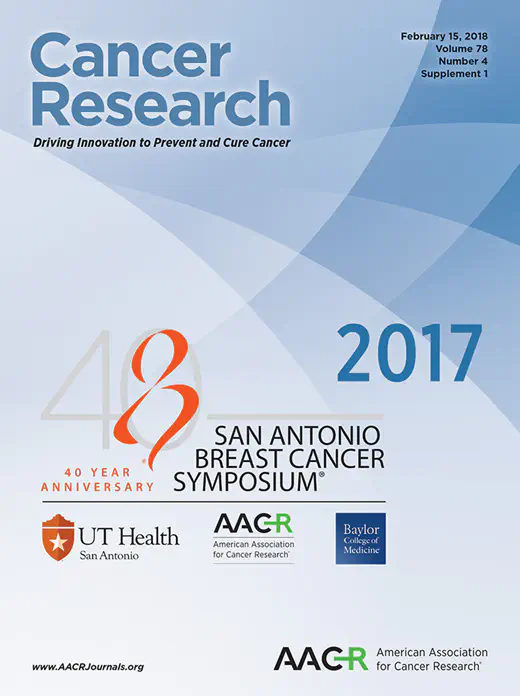Abstract P4-09-03: On the development and clinical value of RNA-sequencing-based classifiers for prediction of the five conventional breast cancer biomarkers: A report from the population-based multicenter SCAN-B study

Abstract
Background
In early breast cancer, five histopathological biomarkers are part of current clinical routines and used for determining prognosis and treatment: estrogen receptor (ER), progesterone receptor (PgR), human epidermal growth factor receptor 2 (ERBB2/HER2), Ki67, and Nottingham histological grade (NHG). We aimed to develop classifiers for these biomarkers based on tumor mRNA-sequencing (RNA-seq), compare classification performance to conventional histopathology, and test whether RNA-seq-based predictors could add value for patient risk-stratification.
Patients and Methods
In total, 3678 breast tumors were studied. For 405 breast tumors in the training cohort, a comprehensive histopathological biomarker evaluation was performed by three pathology readings to estimate inter-pathologist variability on the original diagnostic slides as well as on repeat immunostains for this study, and the consensus biomarker status for all five conventional biomarkers was determined. Whole transcriptome gene expression profiling was performed by RNA-sequencing on the Illumina platform. Using RNA-seq-derived tumor gene expression data as input, single-gene classifiers (SGC) and multi-gene classifiers (MGC) were trained on the consensus pathology biomarker labels. The trained classifiers were tested on an independent prospective population-based series of 3273 primary breast cancer cases from the multicenter SCAN-B study with median 41 months follow-up (ClinicalTrials.gov identifier NCT02306096), and classifications were evaluated by agreement statistics and by Kaplan-Meier and Cox regression survival analyses.
Results
For the histopathological evaluation, pathologist evaluation concordance was high for ER, PgR, and HER2 (average kappa values of .920, .891, and .899, respectively), but moderate for Ki67 and NHG (.734 and .581). Classification concordance between RNA-seq classifiers and histopathology for the independent 3273-cohort was similar to that within histopathology assessments, with SGCs slightly outperforming MGCs. Importantly, patients with discordant results, classified as hormone responsive (HoR+) by histopathology but non-hormone responsive by MGC, presented with significantly inferior overall survival compared to patients with concordant results. These results extended to patients with no adjuvant systemic therapy (hazard ratio, HR, 4.54; 95% confidence interval, CI, 1.42-14.5), endocrine therapy alone (HR 3.46; 95% CI, 2.01-5.95), or receiving chemotherapy (HR 2.57; 95% CI 1.13-5.86). For HoR+ cases receiving endocrine therapy alone, the MGC HoR classifier remained significant after multivariable adjustment (HR 3.14; 95% CI, 1.75-5.65).
Conclusions
RNA-seq-based classifiers for the five key early breast cancer biomarkers were generally equivalent to conventional histopathology with regards to classification error rate. However, when benchmarked using overall survival, our RNA-seq classifiers provided added clinical value in particular for cases that are determined by histopathology to be hormone-responsive but by RNA-seq appear hormone-insensitive and have a significantly poorer outcome when treated with endocrine therapy alone.